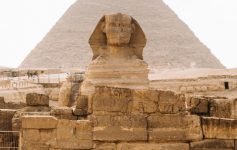When talking about Japan there are multiple topics, but this time we will stop on the cities and towns. But the main target is not going to be Tokyo – Japan’s capital city – located on the island of Honshu. Though it is truly an amazing metropolis, combining ancient traditions of Japan and the actual construction of the new technology of the time we will discuss it sometime in future. As for now let’s have a look on the other popular places.
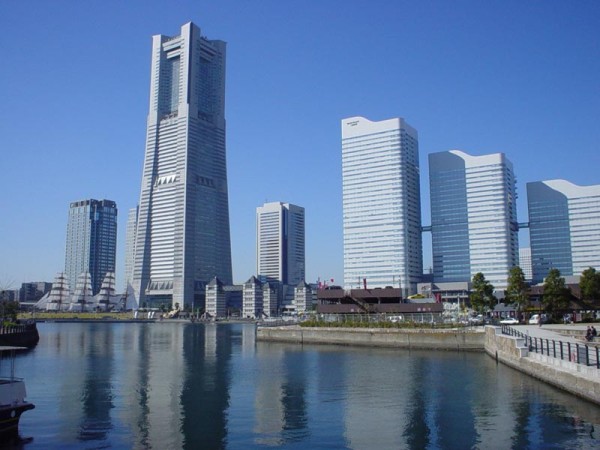
Yokohama is located 32 km south-west of Tokyo and is the second largest city in the country, the hosting place for the largest Japanese ports and the largest center of foreign trade of the country. The town amazes with its cutting-edge architecture and the rapid rhythm of life, for which it received the nickname of a semi-official “city that never sleeps.” In Yokohama there is a “street theater”. In Isedzaki-Cho – the largest entertainment district of the city the nightclubs, restaurants and discos are concentrated.
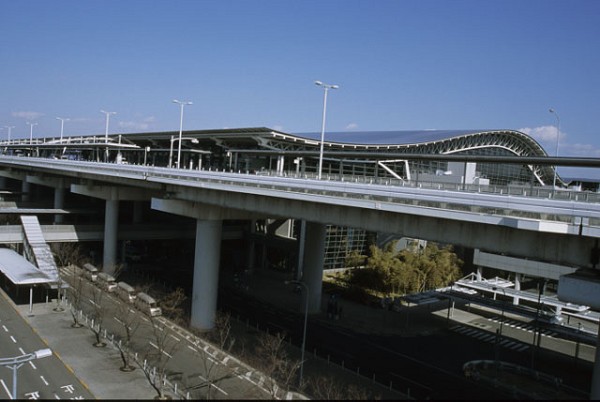
Osaka – the third largest city in the country is the symbol of modern Japan. Thanks to this ideal situation Osaka 1500 years became a commercial center of Japan. Today in Osaka is a masterpiece of engineering – Kansai International Airport, built on an artificial island and connected to the shore with the help of four-bridge. Osaka is shared between two parts: the historical south and north of the business. The most interesting part of the city is the southern one. Here are the shopping and entertainment districts and the most famous temples of the city. Among them is Shrine Sumiesi, in which lie the souls of dead sailors. There is also the oldest Buddhist temple Sitennodzi, built by Prince Shotoku Tice still in the VI. North and south of the city are being cut with the Midosudzi Boulevard – the central highway of the city. This boulevard is planted with Ginkgo trees. As a city with deep business traditions, Osaka, always towards the future and lives in a crazy rhythm, which does not stop even at night.

Kyoto – the city of thousand temples was founded in the VIII century and until 1868 was officially considered the country’s capital and residence of the emperor. It was called the Heian (the “city of peace and tranquility”). This unusually colorful and romantic city, is hosting about 2000 temples and churches. Temples and palaces located near the waters of lakes and hillsides only emphasizing the natural beauty of the landscape. Parks in Kyoto Momiji are popular for the maple, which leaves are changing color from bright scarlet to the salad and lemon. Kyoto stores historical traditions of Japan, this city is the birthplace of kabuki and it is here in Japan where the last school of geisha is preserved.

Nagano is the administrative center of Nagano Prefecture. Located approximately 200 kilometers north-west of Tokyo, Nagano is connected with the capital of the country’s high-speed railway line “Hokuriku Shinkansen”, which was opened in 1997. The new line allows you to get to Tokyo for just a half hour. In 1998. the Winter Games were conducted in Nagano. In winter, when the mountains are covered with a thick layer of snow, Nagano – a Mecca for winter sports enthusiasts. Here, 100 ski centers and 40 ice rinks, a year of visiting over 20 million people. Very cold and snowy winter climate, complicating the lives of people in this mountainous area, turns into a valuable source of tourism. None of the winter sport lovers will be able to stay indifferent to this amazing place.
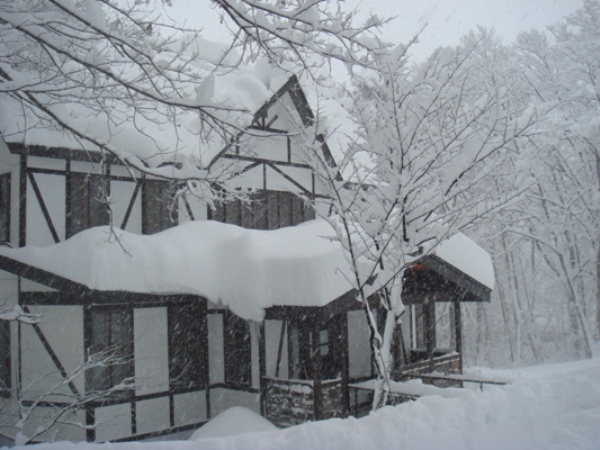
Hakuba – city to the north-west of Nagano. Located at the foot of the Japanese Alps, Hakuba has a great variety of ski bases, including spot “Happe On”, on the snowy slopes of which the downhill masters competed during the Winter Olympic Games in 1998. The resort is able to satisfy any skier, both beginners and professionasl. 13 different tracks in height from 760 meters to 1831 meters are equipped with 32 lifts and are able to deliver maximum enjoyment from riding.

Sapporo – a popular capital of the northernmost and second largest Japanese island of Hokkaido, whose name can be translated as “the way to the northern seas”. This is the most sparsely populated and least industrialized island of the “big four” islands. One-tenth of the island is occupied by national parks, which favors the development of active tourism on the island. The main attractions are the local botanical gardens, where plants seem to be quite differing from each other, as well as the entertainment district Susukino. But the main function of the city is the traffic – it’s the starting point for the countless tours and excursions around the island.
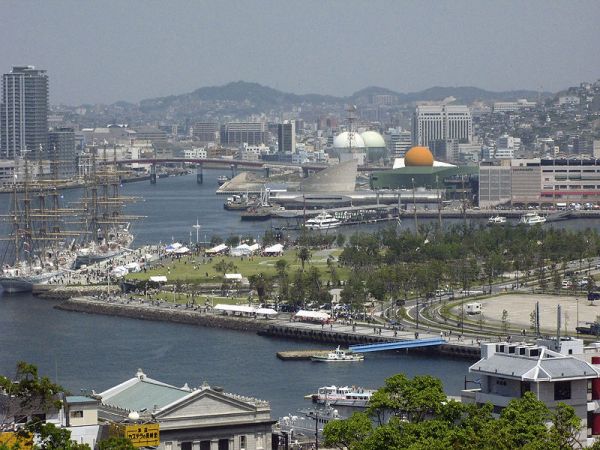
Nagasaki – a wonderful place, which is a grim of feudal castles, medieval Samurai manors, Western-style houses built in the second half of the XIX century, the unique historical and cultural monuments, steaming volcanoes, hot springs, islands with unspoiled nature, beautiful beaches – there is all for the most demanding guest. Nagasaki – the most western prefecture of Japan. The climate is warm and rainy.
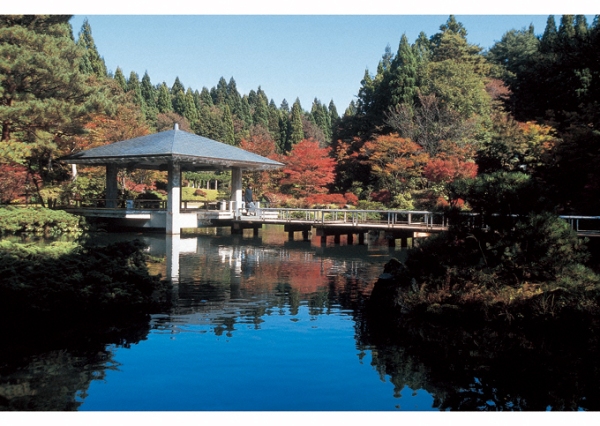 In Akita it rains in spring and fall. Such a climate is due to local geographical features. Winds from the Sea of Japan, invading from the west to the valleys of Akita, leave here the entire supply of moisture, as with the other three sides it is surrounded by a relatively high mountain ranges, which do not produce a cloud. Most of the territory is occupied by Akita national and prefectural natural parks and reserves. Cedar forests, which have more than 200 years, and many meadows are included in all the tourist guides as the most beautiful green places of the country. Placed in the crater of an ancient volcano lake Towada and Tadzava (the deepest in Japan – 423.4 m) are considered the most beautiful in Japan. Another great lake – Hatirogata, the second largest in Japan, was waterlogged, and local residents filled it with earth, and founded on the reclaimed from the water territory a major horticultural farm.
In Akita it rains in spring and fall. Such a climate is due to local geographical features. Winds from the Sea of Japan, invading from the west to the valleys of Akita, leave here the entire supply of moisture, as with the other three sides it is surrounded by a relatively high mountain ranges, which do not produce a cloud. Most of the territory is occupied by Akita national and prefectural natural parks and reserves. Cedar forests, which have more than 200 years, and many meadows are included in all the tourist guides as the most beautiful green places of the country. Placed in the crater of an ancient volcano lake Towada and Tadzava (the deepest in Japan – 423.4 m) are considered the most beautiful in Japan. Another great lake – Hatirogata, the second largest in Japan, was waterlogged, and local residents filled it with earth, and founded on the reclaimed from the water territory a major horticultural farm.

Nara – a cozy quiet small town, a magnet for lovers of history and ancient eastern relics. 1200 years ago in the modern bunks appeared the first capital of Japan, which entered the Imperial court for a permanent stay. The city was initially called Heydze – “Capital of the citadel of peace”, and then was renamed and became the city of Nara on behalf of the valley in which it is located. In Nara there is a huge number of temples, each in its own beautiful and original. In a Buddhist temple Kofukudzi are two pagodas – and the three-tier five-storied pagoda Kofukudzi height of 55 m, which is considered a symbol of Nara and the second oldest pagoda in the country. Among the sacred primacy Nara took the Big Buddha Temple – Todaydzi. Todaydzi, or in literal translation “Great Eastern Temple” .
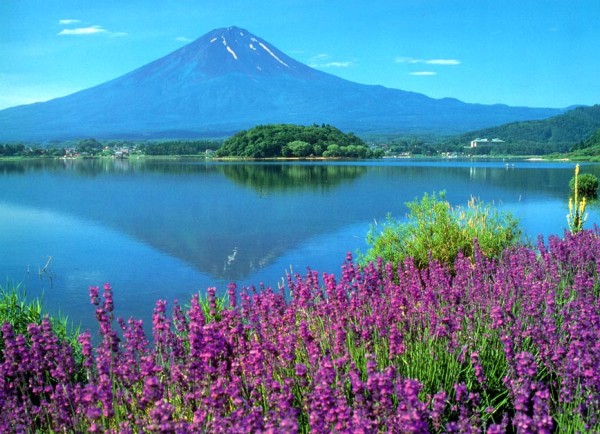
Hakone – mountain thermal spa, located in the famous National Park Fuji-Hakone. There are numerous lakes, Mount Fuji and the hot springs.

